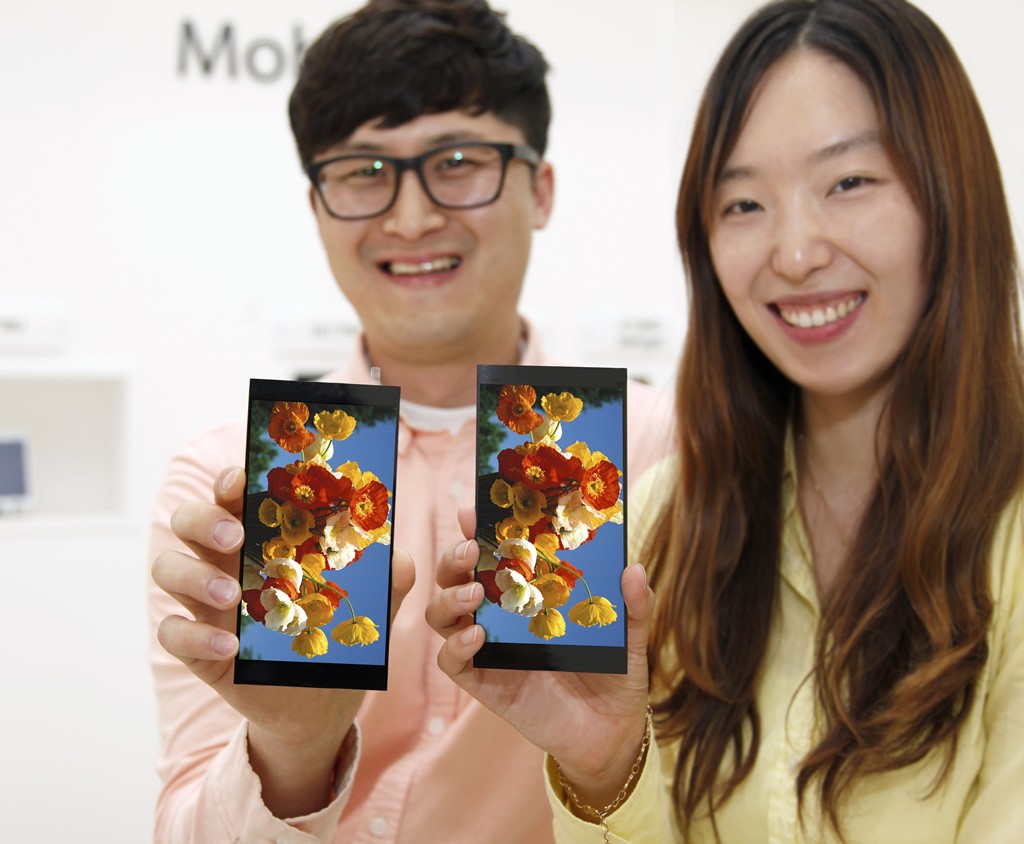
LG is gearing up for a launch later this month, and though they haven’t called it out as yet, it’s 99.99% positive that they will announce the G4 at the event. While the G3 introduced the first internationally available phone with a QHD display, LG has announced a new similarly sized panel with a QHD resolution that we’re pretty sure will be in the G4.
The new panel is 5.5″ with QHD resolution, giving the display a pixel density of 538 Pixels Per Inch (PPI). Don’t just assume it’s the same panel though, LG has improved the true colour ability of the display ‘with a 120 percent color gamut, exceeding the 100 percent gamut offered on conventional panels, for mobile devices (based on sRGB)’. It also has a 50% higher contrast ratio than previous QHD displays and a 30% brightness increase with no increase in power.

LG has also begun using Advanced In-Cell Touch (AIT) which offers improved sensitivity, even with a wet display – excellent for use in winter or on those rainy days. Adding the touch sensor into the LCD panel allows for a thinner panel which saves overall space in the phone.
We’ll be seeing this new panel very soon, with LG advising that the panel ‘will be used in LG Electronics’ forthcoming flagship smartphone to be unveiled at the end of the month’. So, putting the pieces together, we now know that the G4 will have a 5.5″ QHD display.





My concern is that if the G4 has a Qualcomm 808 hexacore processor and 3 GB of the slower DDR3 ram on board versus the more capable octacore 810 with 2 GB of DDR4 (faster) ram. Will the G4 actually be even less responsive than the G Flex 2.
Also the 808 chip is not capable of encoding H265 (4k) video, whereas the 810 can. Both can decode 4k though.
Lets hope the software is fully optimised otherwise I’ll be keeping the G3 till next year.
AIT – can it be used underwater?